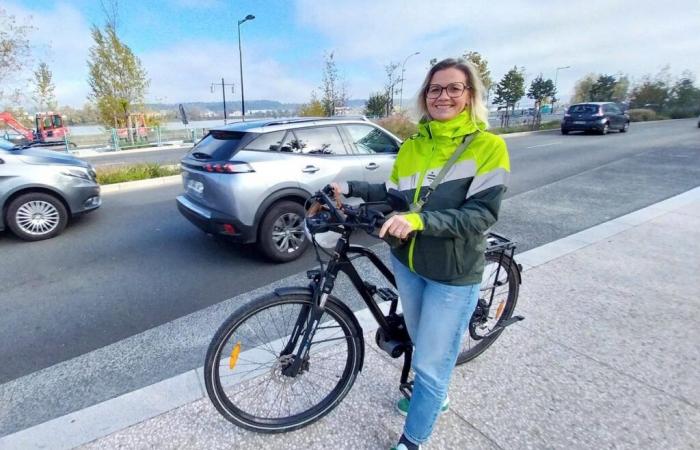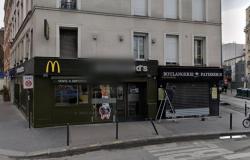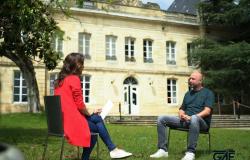He still has one car left in the garage. But the Leroux couple no longer uses it for the masses. Guenaëlle, an experienced cyclist for seven years now, is at the head of the Vélotaffeurs Tressois association, bringing together around a hundred volunteers in Tresses. In the Coteaux Bordeaux region, bringing together eight municipalities and more than 20,000 inhabitants around fifteen kilometers from the city center of Bordeaux, the bicycle is still relegated far behind the sacrosanct automobile. While waiting for the various deliveries of an ambitious cycling plan (100 kilometers of trails, 10 million euros budget), currently being implemented, the cohabitation between bicycles and cars sometimes proves to be conflicting.
Cars and bicycles: in Bordeaux, cohabitation under tension, our series
Bicycles, electric bikes, cargo ships: cyclists have never been so numerous in Bordeaux and the Metropolis, their number has more than doubled since 2015. Enough to strain relations between old and new road users, each accusing the other not respecting the rules and taking over the space. Data, reports, interviews: “Sud Ouest” conducts the investigation
“In rural areas, cyclists waste time for motorists whose objective, generally, is to bomb. So he overtakes us anyhow. In Tresses, where a 30 zone has been set up, which should normally improve our traffic conditions, cars drive much faster. Their neighborhood is aggressive. In fact, we take sharing the road in the face. » From Tresses, Guenaëlle Leroux goes every morning to the new Euratlantique district, on the left bank of Bordeaux. Ten kilometers on his electric steed, thirty minutes flat out without having to deal with traffic jams: nothing but happiness. Only cars ruin it for him.
Secure convoy
On Avenue de Mélac, where a greenway was inaugurated last September, the cycle worker deplores the traffic conditions of a “motorway” in the morning during the big rush: “At the beginning, I went there out of conviction, out of commitment, to signify that bicycles have their place there. But it went badly, I felt constantly in danger. » More generally, the activist denounces a certain automotive hegemony: “We are not tackling the root of the problem which is our attachment to the car and our behavior towards it. » “90% of the surface of a car simply serves as an envelope when we could leave space for other forms of mobility,” she says again.
His association recently stood out during a tribute to Paul Varry, the cyclist who was crushed last month in Paris. It also launched the Vélobus system last spring, mobilizing around fifty people in good weather. The principle? Parents and children gather together, all on bicycles, to travel in a secure convoy to school. Three routes are in place. “We fought for several months for a parking space to become a Vélobus stop, I received threats…” despairs the mother of three children.
If she recognizes that equipment – or the lack of it – is often the cause of conflicts between cyclists and motorists, she is annoyed that their offenses are put on the same level. “When you commit one while riding a small bike, and the same while at the wheel of a 2-ton machine, it’s not really the same thing, nor the same consequences…”






